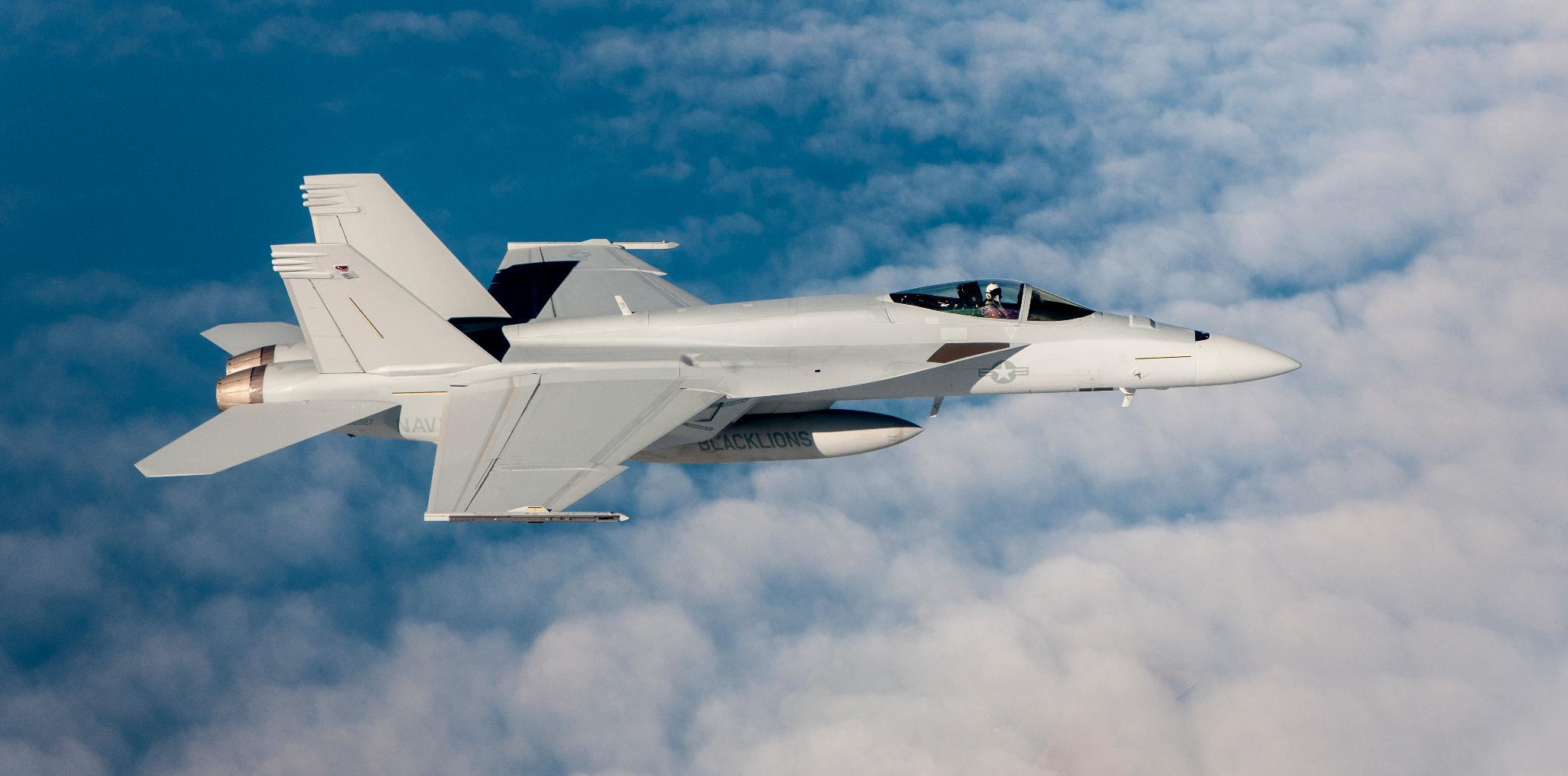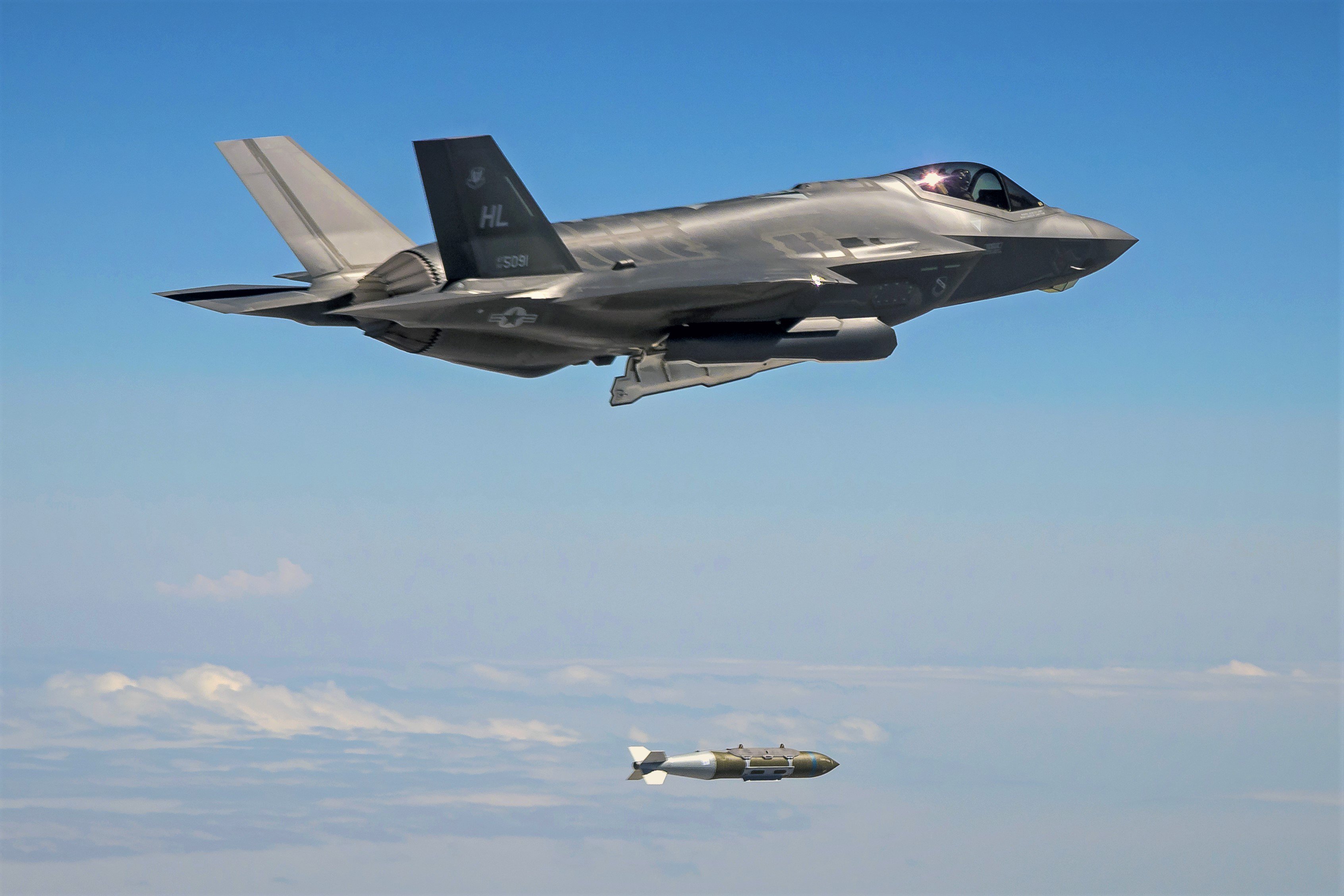Lockheed Martin’s F-35 F-35 Lightning II, Boeing’s F/A-18 E/F Super Hornet, and Saab’ Gripen E — will go toe-to-toe to win the contract for supplying 88 jets to the RCAF.
Why US F-16 Pilots Were Ordered To Ram Their Aircraft Into A Passenger Plane During 9/11 Attacks
Earlier, as EurAsian Times reported, Lockheed Martin’s F-35 emerged victorious in Switzerland’s $6.5B fighter jet competition. The win is a massive success for the US defense giant boosting the firm’s campaign in Europe and dealing a severe setback to the Eurofighter Typhoon, Dassault Rafale and Boeing’s F/A-18E/F Super Hornet.
RCAF (Royal Canadian Air Force) has been on the lookout for a next-generation plane to replace its aging fleet of CF-18s. The final decision regarding the winner of the lucrative deal, valued between C$15 and C$19 billion, is likely to be revealed in March of 2022.
Canada had a sole-source contract signed with American aerospace giant Lockheed Martin. The deal meant that Lockheed Martin would be the only company to supply the RCAF with fighter jets it needs. It was canceled in 2015 when current Canadian Prime Minister Justin Trudeau assumed office.
This opened up a new competitive process to find new planes for the Canadian armed forces. Ottawa expects the first jets to arrive by 2025.
The Race For RCAF Deal
In December 2017, five companies joined the race for the deal. Two years later, the French aircraft manufacturer Dassault Aviation, and the European multinational aerospace corporation Airbus, withdrew. This has left Swedish Saab, and American companies Boeing, and Lockheed Martin as the only contenders.

Saab Gripen is seen as the underdog in this contest. Even though it is one of the most cost-effective jets in the market and can go head-to-head with Russian jets, it is still a league behind the other two candidates.
Moreover, interoperability is a big problem with this Swedish jet, especially because not many of Canada’s allies use them. Politico reported citing industry insiders and people with knowledge of this competition that Gripen could eventually be out of the race.
The final run, then, is likely to be between the F-18 and the F-35.
Super Hornet Vs Lightning II
The F/A-18 E/F Super Hornet is a lethal, multi-role frontline fighter jet that is capable of performing several missions including air superiority, close air support, day/night strike with precision-guided weapons, fighter escort, maritime strike, suppression of enemy air defense, reconnaissance, forward air control, and buddy refueling.
‘Deal Of The Century’: Why Tata-Airbus Joint Venture Could Pave Way For India To Become A Global Aerospace Hub
On the other hand, the F-35 Lightning II joint strike fighter (JSF) is a stealthy, supersonic multi-role fighter developed for the US Air Force, Navy, and Marine Corps.
It also serves program partners from NATO along with other US allies. Not only is it the most survivable combat aircraft, but it is also extremely versatile – it can clear the skies of opposing aircraft and can precisely destroy a vast array of targets on the ground (or at sea).
But in terms of weapons and tech, the F/A-18E/F isn’t far behind. The aircraft has an advanced cockpit, new computing and advanced datalink alongside conformal fuel tanks, increased airframe life, and the capability to carry a wide variety of weapons.

The cockpit in the Super Hornet is equipped with a touch-sensitive control display. There is a larger multi-purpose LCD display that shows tactical information. Additionally, two monochrome displays and a new engine fuel display are also present.
Mission software and a high proportion of the avionics found in the C/D models have been retained in the Super Hornet. Night vision goggles for the pilots and a color digital map in the cockpit increase the amount of information available to the pilot.
The Super Hornet has 11 arms stations. These include two additional wing store stations to support a full range of weapons including AIM-9 Sidewinder, AIM-7 Sparrow, and AIM-120 AMRAAM air-to-air missiles.
The aircraft also comes with guided air-to-ground weapons capabilities such as Harpoon, SLAM/SLAM-ER, GBU-10, GBU-51, HARM, and Maverick, as well as free-fall air-to-ground bombs, Mk-76, BDU-48, Mk-82LD, Mk-82HD, and Mk-84.
China’s ‘Sniping’ J-20 Jets, A.I. Enabled AWACS — Beijing ‘Unveils’ Its Plan To Puncture US Muscle Power
For navigation, the aircraft can carry the GPS / inertially guided Joint Direct Attack Munition (JDAM), joint stand-off weapon (JSOW), and joint air-to-surface stand-off missile (JASSM).
The F-35 JSF keeps up in this neck-to-neck race with its advanced avionics and weapons. It comes equipped with side stick and throttle controls and has an advanced helmet-mounted display as well as an alternative design helmet-mounted display. It has Ball Aerospace’s communications, navigation and integration (CNI) integrated body antenna suite too.
Then there is the advanced image processing, the digital map software, high-tech fiber optics, high-speed communications links, and a 24-channel GPS with a digital anti-jam receiver (DAR) among others.

In the F-35, weapons are carried in two parallel bays positioned in front of the landing gear. Each bay is fitted with 2 hardpoints for carrying a variety of missiles and bombs.
Weapons to be cleared for internal carriage include JDAM, CBU-105 wind-corrected munitions dispenser(WCMD) for the sensor-fused weapon, joint stand-off weapon (JSOW), Paveway IV guided bombs, small diameter bomb (SDB), AIM-120C AMRAAM air-to-air missile, and Brimstone anti-armor missile.
For the external carriage, there’s the joint air-to-surface standoff missile (JASSM), AIM-9X Sidewinder, AIM-132 ASRAAM, and Storm Shadow cruise missile.
Will Politics Trump Economics?
Both the aircraft types are quite advanced, stealthy, and compatible with multiple high-tech weapons. They both fulfill the requirements of the Canadian military.
Since Canada’s allies, especially the US and Australia, use these aircraft, interoperability is bound to be high no matter which one the country orders.
India Pitches Its HAL Tejas Fighter Jets To Australia; Pins Hope On Malaysia For The 1st Elusive Contract
However, despite the RCAF’s first choice remaining the F-35 JSF, the cost-efficiency of the Super Hornet fits well into the Canadian government’s budget.
In terms of both upfront cost and cost-per-flight, the Boeing F/A-18 costs about half as much as the F-35. Additionally, the RCAF already operates F/A-18s. This means that buying its latest version will allow the service to reuse existing infrastructure and take the edge off of sustainment costs.
If that were not enough, should Canada pick the Super Hornet, Boeing will offer C$61 billion in economic benefit. It has promised to create close to 250,000 jobs.
The company has partnered with a bunch of Canadian firms that are ready to assist in building and maintaining the jets. In comparison, Lockheed Martin isn’t providing many “industry and technological benefits” and says that the total benefit of the procurement would be somewhere around C$20 billion- only 1/3rd of what Boeing is promising.
The last push in favor of the F-18 is the politics surrounding these jets. Canada’s liberals (who are currently in power under Trudeau) have opposed the F-35 deal in the past.
This may not contribute much except political tensions in the final selection process. However, a coalition of activists is opposing any new plane, but specifically, the expensive F-35. It pushing for Canada to instead pour the money into public welfare.




